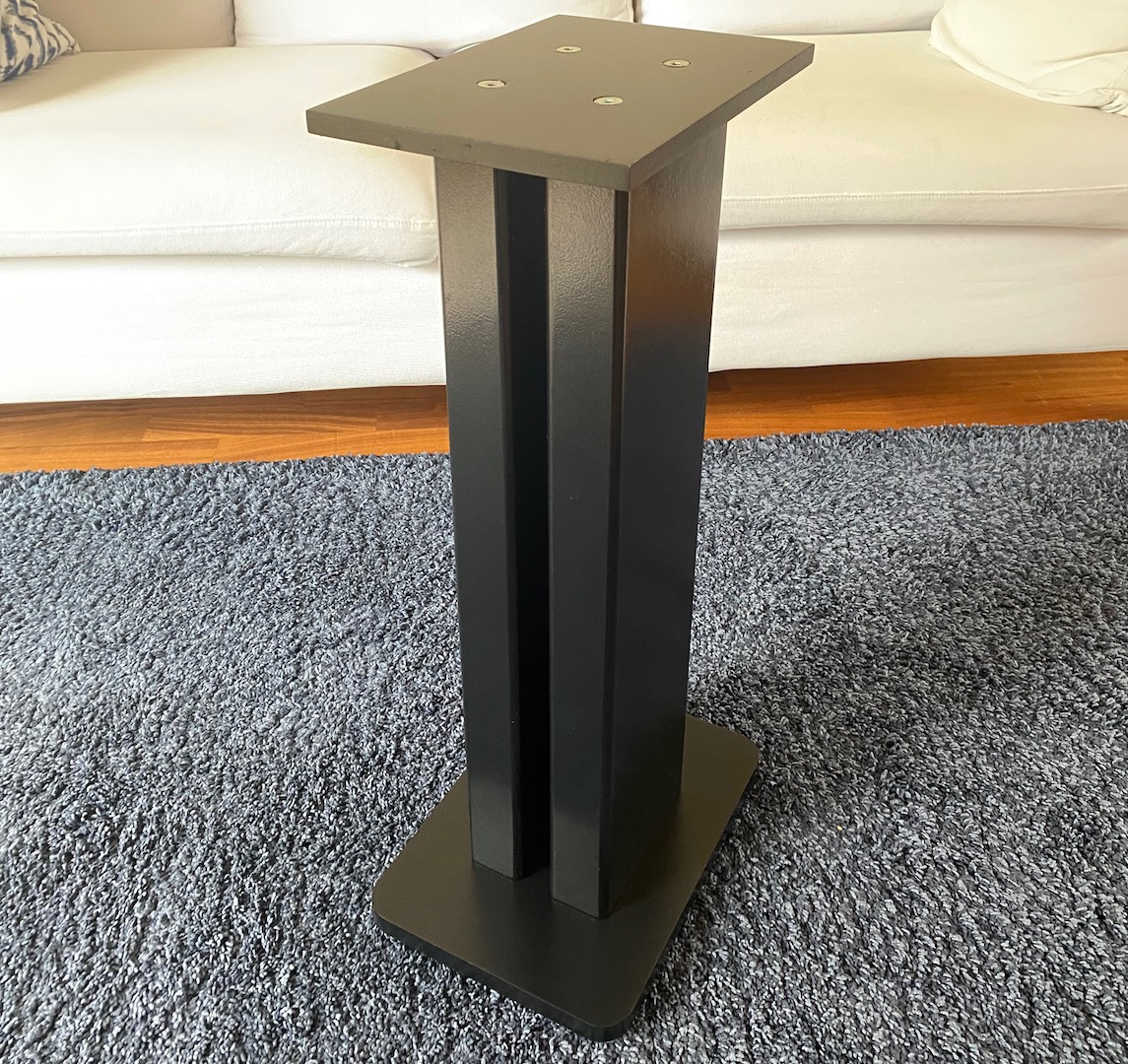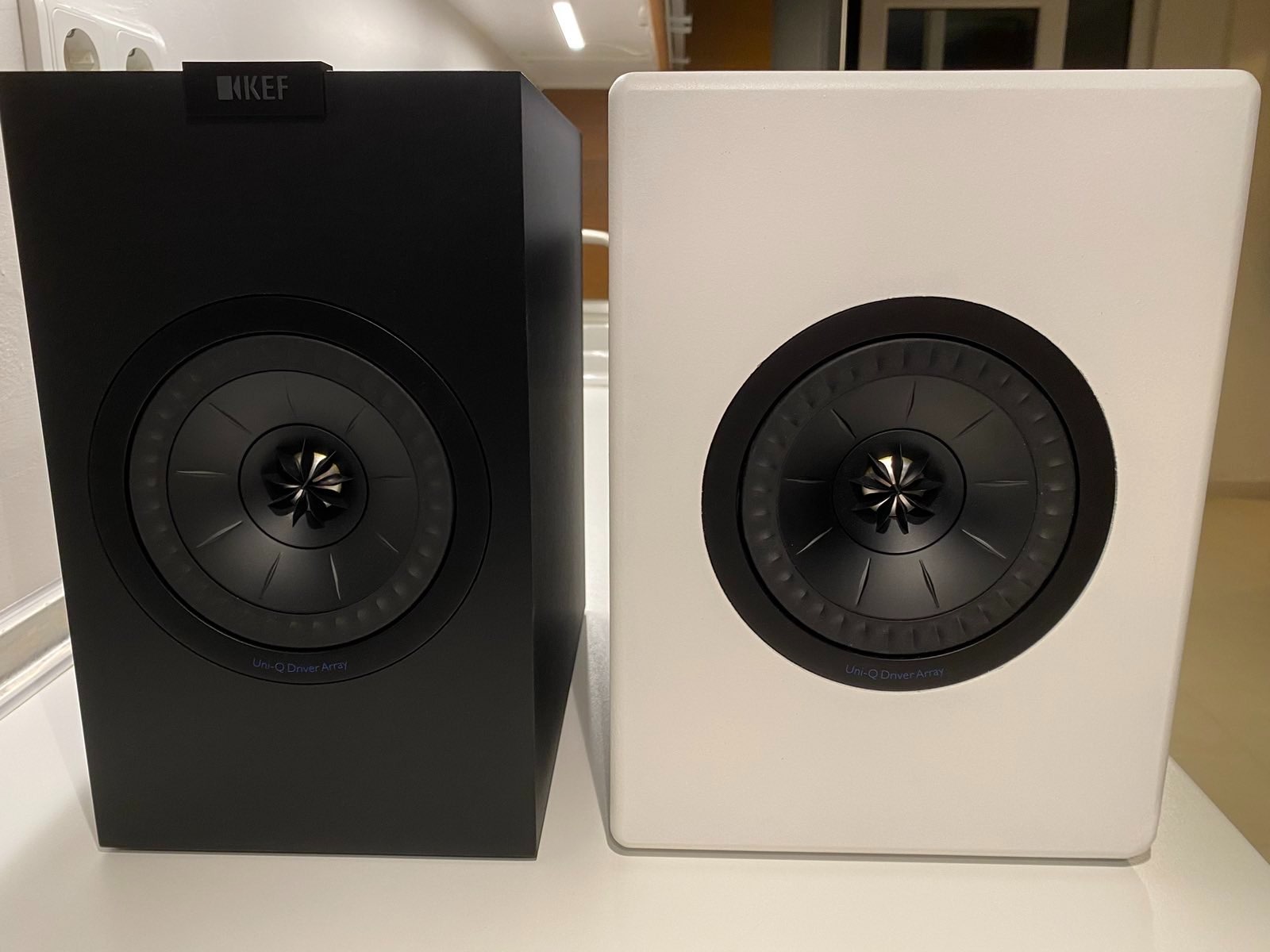I will never forget the time I discovered how web pages were made. The year was 1995. I was using Windows 3.1 like most everyone, and it didn’t even support the TCP/IP network stack out of the box. I had to install a program called Trumpet Winsock and a hot new web browser called Netscape to connect to the Internet…









